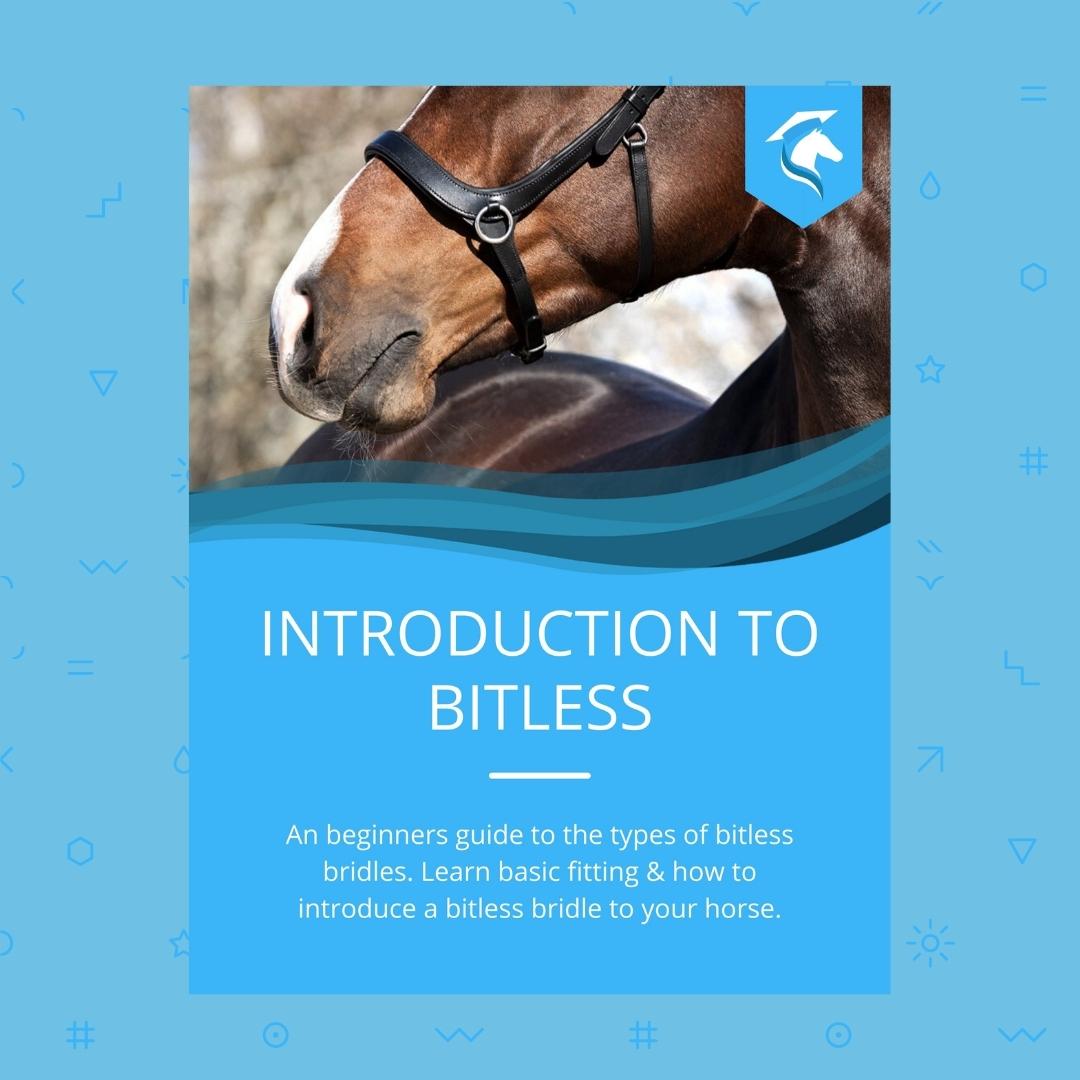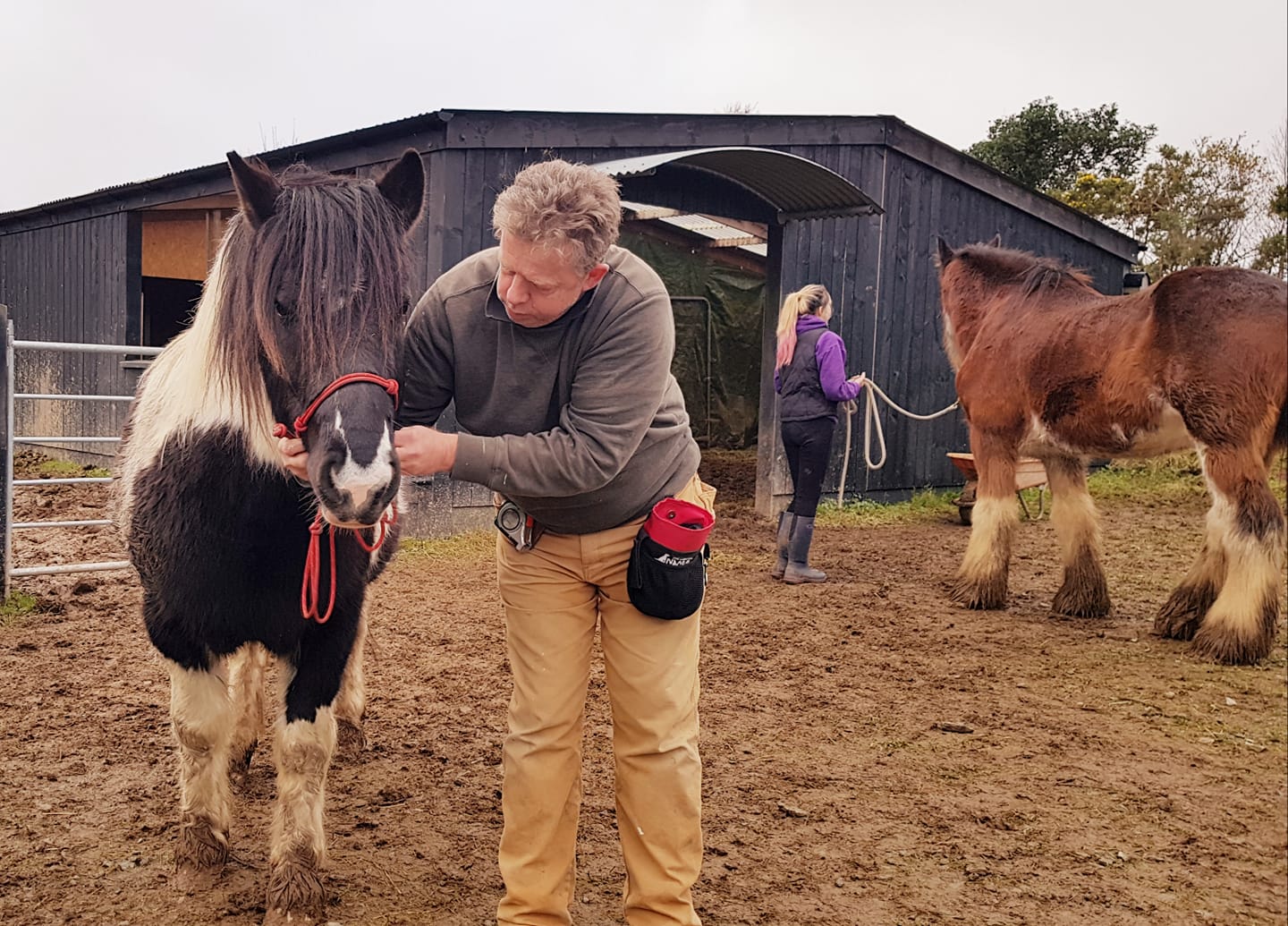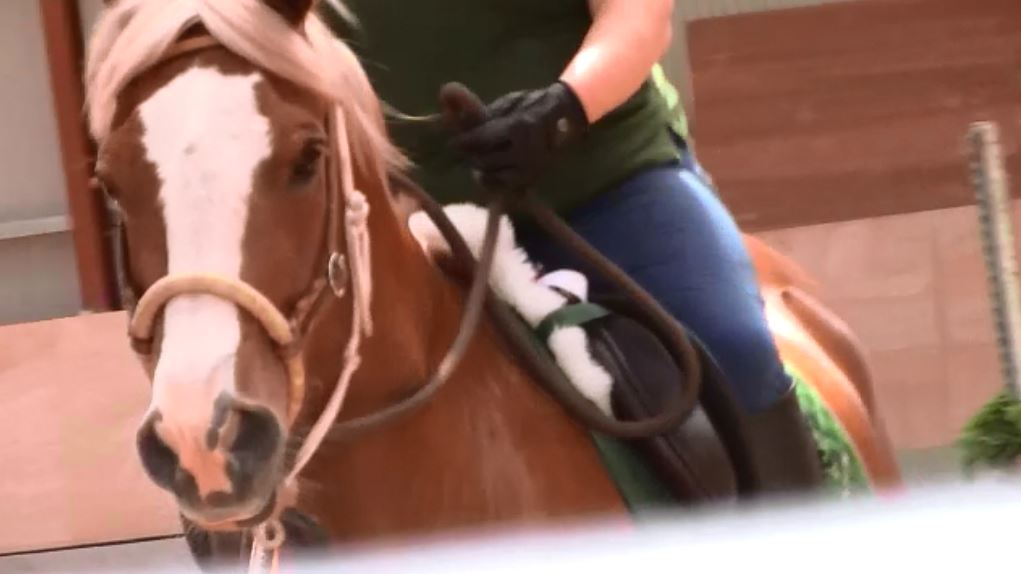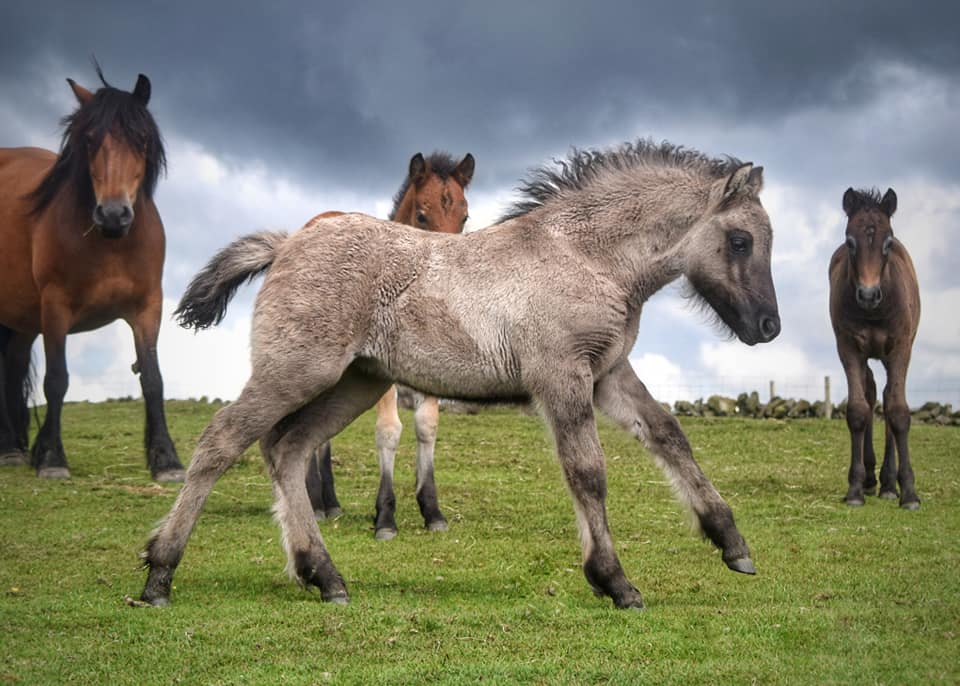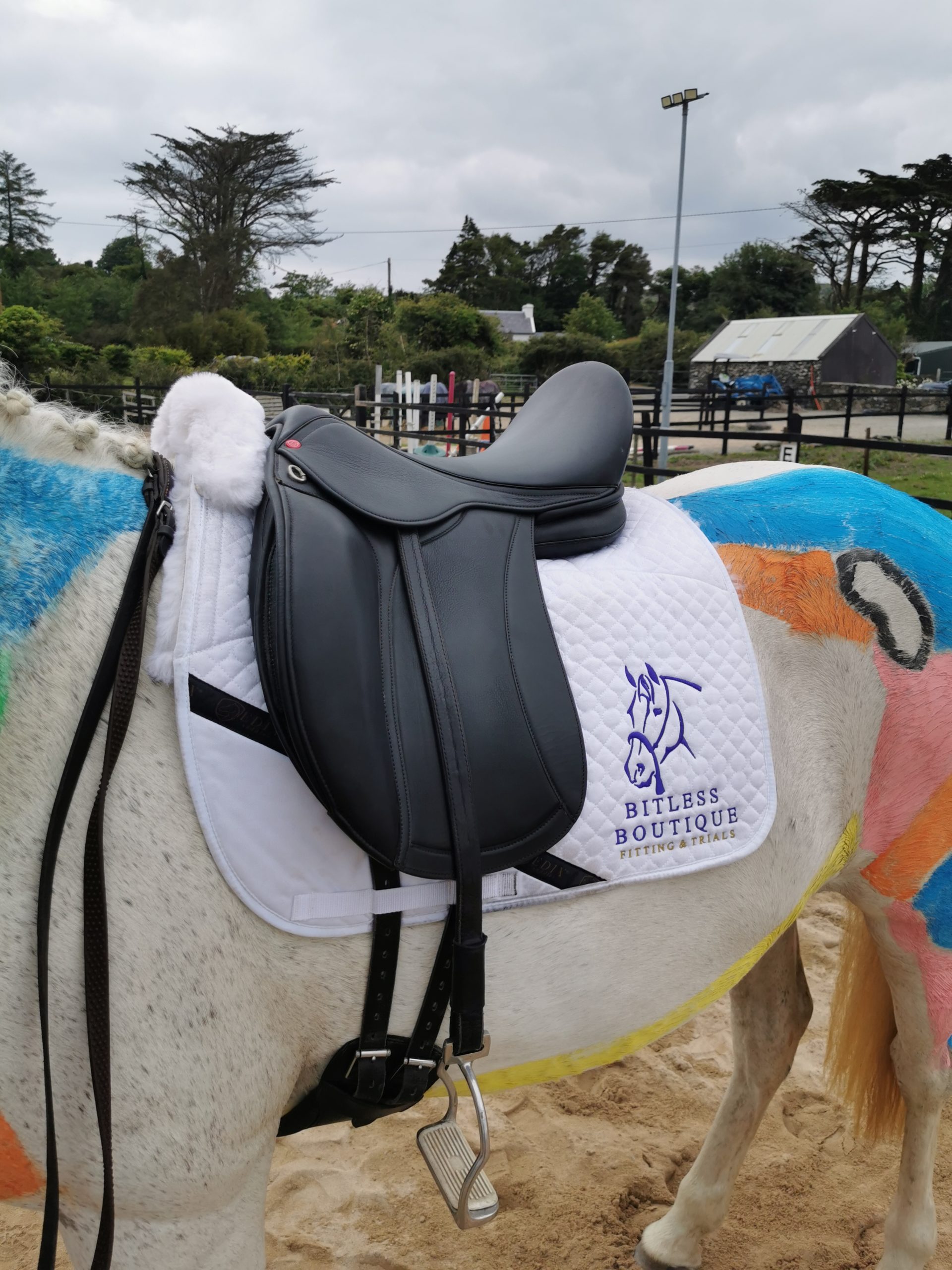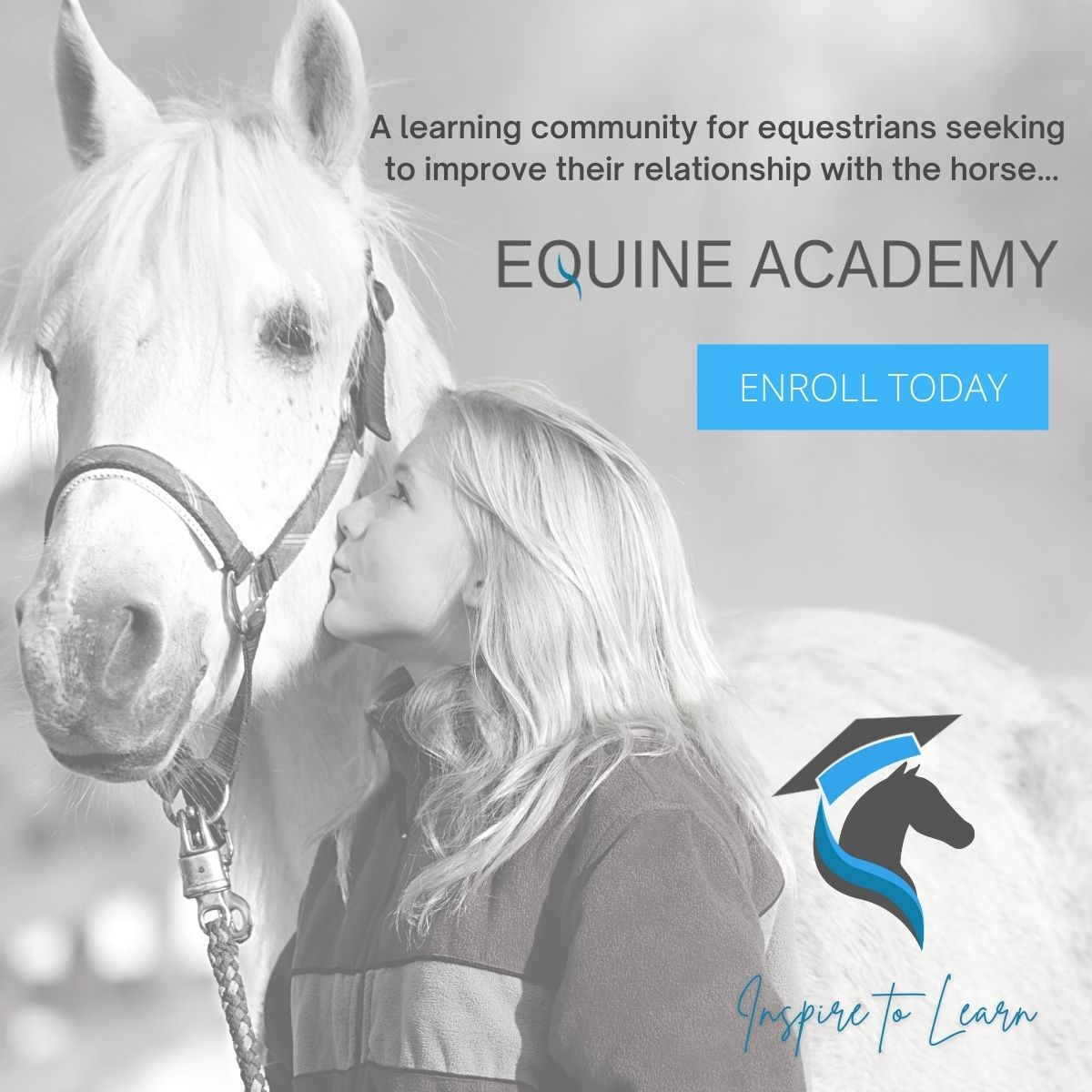Positive Horsemanship: The Foundation of a Harmonious Equine Partnership
Positive horsemanship is a key approach to equine care that emphasizes kindness, patience, and reward-based training. It’s a philosophy that focuses on building a strong, trusting relationship with your horse, rather than relying on force or intimidation.
By adopting positive horsemanship principles, you can create a harmonious and fulfilling partnership with your horse. Remember, patience, understanding, and respect are the cornerstones of a successful relationship.
Key Principles of Positive Horsemanship
- Respect: Treat your horse as an individual with unique needs and sensitivities.
- Positive Reinforcement: Reward desired behaviours to encourage repetition.
- Clear Communication: Use consistent cues and body language to communicate effectively.
- Patience: Understand that learning takes time, and avoid using force or intimidation.
- Building Trust: Foster a bond of trust and respect through positive interactions.
Benefits of Positive Horsemanship
Improved welfare is an essential aspect of horse handling, as horses are more likely to experience reduced stress and anxiety when treated with kindness and respect. This compassionate approach fosters stronger relationships between horse and rider, leading to a more fulfilling and enjoyable riding experience. Additionally, horses trained using positive reinforcement methods tend to exhibit fewer problem behaviors, enhancing safety for both the rider and the equine partner. This method of training also promotes faster learning, as horses are more receptive when they feel safe and trusted. Ultimately, establishing a positive relationship with your horse can significantly boost your own confidence and enjoyment while riding.
How to incorporate Positive Horsemanship into your daily interactions
One of the first steps is to understand your horse’s body language. By paying close attention to their cues, you can gauge their emotional state and respond appropriately. It’s also crucial to avoid overworking your horse. Recognizing when they are stressed or tired allows you to give them the adequate rest they need to stay healthy and happy.
Using positive reinforcement is another key aspect of Positive Horsemanship. Rewarding your horse for good behaviour with something desirable such as a treat encourages them to repeat those behaviours. It’s beneficial to engage in gradual training as well; breaking down training sessions into small, achievable steps can prevent your horse from feeling overwhelmed.
Building trust through consistency is essential for a healthy relationship with your horse. Establishing a routine that your horse can rely on will help them feel more secure in their environment. Engaging in R+ groundwork can also strengthen your bond and improve communication. Listening to your horse is vital too; being attuned to their verbalizations and actions can help you address any discomfort or uncertainty they may express.
Creating a safe environment is another important factor. Ensuring that your horse’s living space is species appropriate promotes their overall well-being. Incorporating fun activities into your interactions can make training enjoyable for both you and your horse; engaging in games or challenges not only trains but also enhances your experience together. Continuous education is crucial—reading books, watching videos, or attending courses on Positive Horsemanship can help expand your knowledge and skills.
Finally, take time to reflect on your progress regularly. Assessing your interactions and training methods can help you adjust as necessary to ensure you’re on the right path. By incorporating these principles into your daily interactions with your horse, you can create a nurturing environment that promotes mutual respect and understanding, ultimately leading to a more fulfilling partnership.
Hoping your journey together as an Equine Partnership is always bridled with happiness!


